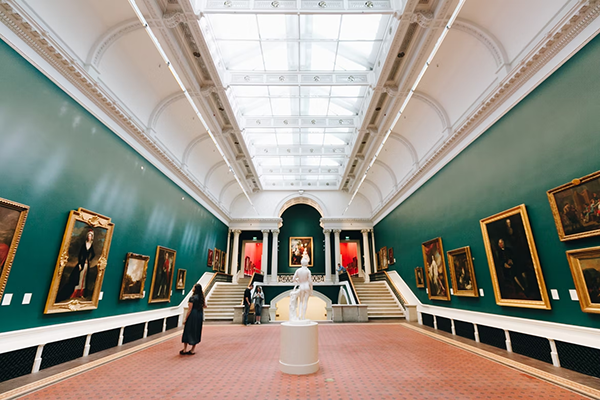According to most historians, art history is more accurate than books. It can be viewed as the reflection of society, capturing all of the nuances and essences of life. Artists themselves in the past were historians; every time a major event would occur, such as a king dying or a battle being won, the artists would paint a picture for the rest of the world to see. If we’ve piqued your interest in art history, keep reading. Here are 6 things you didn’t know about the history of art.
1. It Creates an Understanding of Different Cultures
As the name suggests, art history quite literally recounts the events that happened in the past. It allows us to gain a deeper sense of different cultures and reflect on who we are now and who we used to be. Art history shows a clear depiction of how hundreds of civilizations progressed in the past and allow us to gain further insights into our values and past cultures.
2. It Can Be Read
It can be quite interesting to learn and read about the history of art. This is why most artists get an art history degree before pursuing their careers. If an artist is looking to fully perfect their craft and their creations, then knowing the history of art can help them fully utilize their potential skills. Learning about the different types and cultures of art will expose an artist to the different types of art techniques that were used in the past; an artist can then adopt these techniques to further enhance their work and make it stand out. The more you read, the more you’ll know how to have a full grasp of your skills.
3. The Period Is Reflected by the Art
To be able to understand art history, you first need to be able to understand history. Every period has different types of art associated with it. The art created in certain times depended on the conditions that the artist was surrounded by. Religion, artists’ mediums, and accessibility to art were some of the few main factors that affected the type of art that was being made. You’ll be able to pinpoint how pieces from a certain era will have the same religious undertones and meanings behind their paintings, along with a similar style that comes from the available art mediums in that period.
4. It Allows You to Think Critically
Art history involves the analysis of different works of past artists. To think critically, you must be able to analyze different types of paintings, sculptures, and pieces and have convincing and logical arguments for them.
5. The Subject Was Not Always the Artist’s Choice
Most artists in the olden periods would be working under patronage, who would choose the type of work that the artist would be creating, including the style, subject, and medium of the work. A key example of this is Michael Angelo, who is famous for his paintings, but had his heart attached to sculpting instead.
6. The New Generation Rebels With The Old Ones
Artists of the present generation will be inspired by the artwork of the previous generation. They will go through that artwork and have artwork that completely goes against the value and style of the previous ones.
Art history is an interesting subject to learn about. Most artists have a deep knowledge of this subject, hoping to be inspired by some of the styles and work of the previous artists. If you’re an artist looking to improve your skills, then art history can help you on your journey. Reading is essential and will be the backbone of enhancing your skills and gaining a deeper understanding of what art is and how it impacted history.


